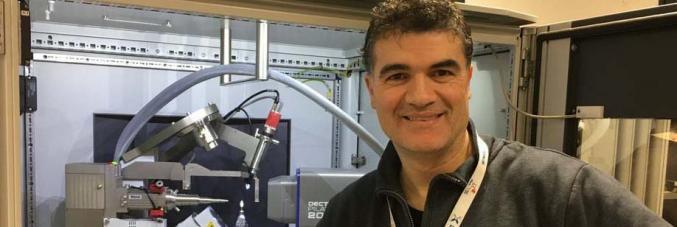
The tectonic plates penetrate the mantle along even non-linear paths
10.01.2023
Published in Nature, the study Extreme redox variations in a superdeep diamond from a subducted slab, describes the composition of unique diamonds and acknowledges Fabrizio Nestola of the Department of Geosciences of the University of Padua as the first author. Noted contributions include Luca Bindi of the Department of Earth Sciences of the University of Florence and those from the Canadian University of Alberta, the German University of Bayreuth, the American Northwestern University, and the Scottish University of Glasgow.
The diamonds studied demonstrate a complex sequence of inclusions formed by chemical reactions that originate from tectonic plate conversion called subduction, where plates flow beneath other plates and sink towards the earth's lower mantle. The inclusions formed at a transition zone-lower mantle boundary between 410 and 660 km deep, and the lower mantle, extend from 660 km to the outer earth core at a depth of 2900 km. The type of inclusions analyzed indicate and confirm the presence of water at great depths (about 660 km), as well as methane (CH4), and molecular hydrogen (H2), and the presence of sectors that contain metallic iron can only be found from within the earth's core.
At the same time, the discovery is the first to confirm that tectonic plates penetrating the mantle can follow non-linear paths.



